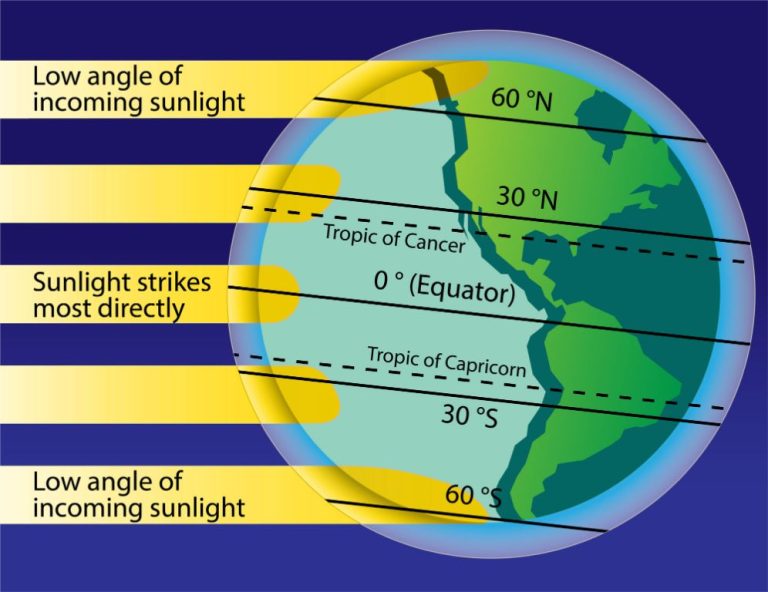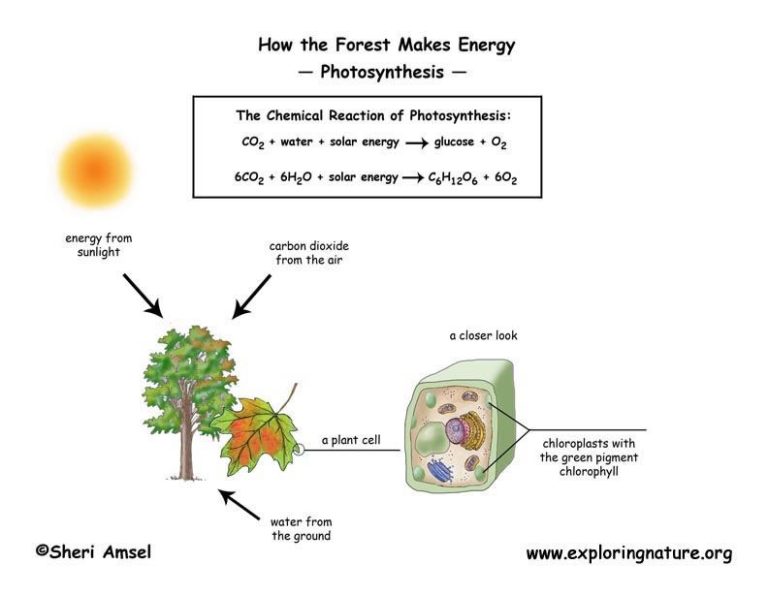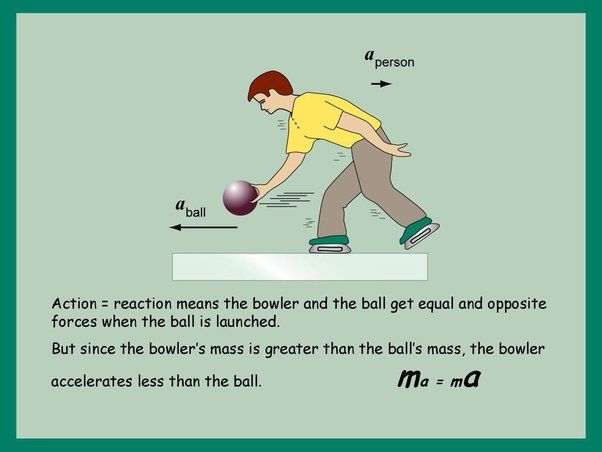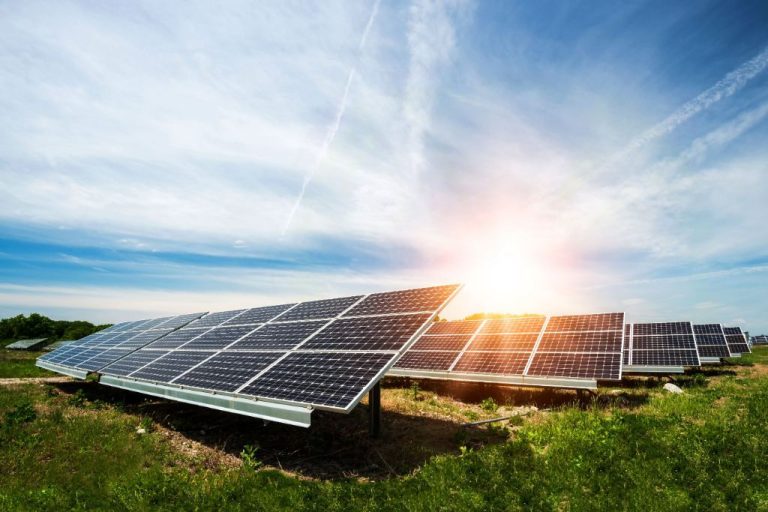What Equation Represents Mechanical Energy?
Mechanical energy is the energy associated with the motion and position of an object. It is the ability of an object to do work and involves the relationship between motion, mass, gravity, springs, or other physical systems. Mechanical energy is important in fields like physics, engineering, and mechanics where quantifying and harnessing energy is crucial.
There are two main types of mechanical energy – kinetic energy and potential energy. Kinetic energy is the energy associated with movement and motion. Potential energy is the stored energy an object has because of its position. The total mechanical energy of an object is the sum of its kinetic and potential energy.
Understanding mechanical energy allows us to solve real-world problems, build and improve technology, and gain insight into how the physical world operates. The principles of mechanical energy underpin modern engineering and physics. Being able to accurately describe, quantify, and predict the mechanical energy in systems is key for harnessing power, improving efficiency, and innovating new technologies.
Kinetic Energy
Kinetic energy is the energy an object has due to its motion. The faster an object moves, the more kinetic energy it has. Some examples of kinetic energy include:
- A moving car
- A kicked soccer ball
- Wind
- Flowing water
The amount of kinetic energy an object has depends on two factors:
- Its mass – A more massive object moving at the same speed as a less massive object will have more kinetic energy.
- Its velocity – The faster an object moves, the more kinetic energy it has. Kinetic energy increases exponentially with velocity.
Kinetic energy can be calculated using the formula:
Kinetic Energy = 1/2 x mass x velocity^2
So a 2 kg ball moving at 3 m/s would have:
Kinetic energy = 0.5 x 2 x (3^2) = 9 Joules
Increasing the ball’s velocity to 6 m/s would give it:
Kinetic energy = 0.5 x 2 x (6^2) = 36 Joules
This shows how kinetic energy goes up exponentially with velocity.
Potential Energy
Potential energy is the stored energy an object has due to its position or state. For example, a book sitting on a table has potential energy due to gravity acting on its mass. If it falls off the table, that potential energy is converted into kinetic energy as it accelerates towards the ground. The factors that determine potential energy are:
- Height – The higher up an object is, the more potential energy it has. Gravitational potential energy increases with height.
- Mass – Heavier objects have more potential energy. Doubling mass doubles the gravitational potential energy.
- Elasticity – The more an elastic object (like a spring or rubber band) is stretched or compressed, the more potential energy it stores.
- Chemical Bonding – Atoms and molecules have potential energy based on chemical bonds that can release energy when broken.
- Nuclear Forces – The strong nuclear force binding atomic nuclei together has potential energy that can be released in nuclear reactions.
In summary, potential energy depends on an object’s configuration and forces acting on it. This stored energy can later be released and converted into kinetic energy.
Mechanical Energy Equation
The mechanical energy equation defines the total mechanical energy in a system. It is represented as:
Mechanical Energy = Kinetic Energy + Potential Energy
Where:
- Kinetic Energy is the energy an object has due to its motion. The kinetic energy of an object depends on its mass and velocity.
- Potential Energy is the stored energy an object has due to its position or shape. There are different types of potential energy like gravitational potential energy, elastic potential energy, etc.
So in summary, the total mechanical energy of an object or system is equal to the sum of its kinetic and potential energies. This mechanical energy equation demonstrates that energy can transfer between kinetic and potential forms, but the total amount of mechanical energy remains constant.
Conservation of Mechanical Energy
The principle of conservation of mechanical energy states that in an isolated system, the total mechanical energy remains constant. This means the sum of an object’s kinetic and potential energies does not change, barring any non-conservative forces acting on the system. For example, an object dropped from a height has gravitational potential energy that gets converted to kinetic energy as it falls. The total mechanical energy before and after the drop is the same.
This principle arises from the law of conservation of energy and Newton’s laws of motion. Energy can neither be created nor destroyed but only transformed from one form to another. As an object moves under the influence of conservative forces like gravity, its potential and kinetic energy exchange based on its position and motion, while the total stays fixed. This principle holds as long as no non-conservative forces like friction dissipate energy from the system.
The conservation of mechanical energy helps analyze motion involving potential and kinetic energy without complex calculations. By equating the total initial mechanical energy to the total final mechanical energy, useful insights can be obtained about an object’s motion in closed systems with conservative forces. This powerful concept has many applications in physics and engineering.

Real World Examples
Mechanical energy is present all around us and plays an important role in many real world systems and applications. Here are some examples:
-
Vehicles – The motion of vehicles like cars, trucks, trains, and airplanes involves mechanical energy in the form of kinetic energy and potential energy. The engine provides kinetic energy to drive the wheels, while gravity provides potential energy as the vehicle moves up or down a slope.
-
Springs – When a spring is compressed or stretched, it stores potential energy. This energy can then be released to launch projectiles, absorb shocks, or produce oscillatory motion.
-
Pendulums – The swinging motion of a pendulum converts back and forth between kinetic energy at the bottom of the swing and gravitational potential energy at the top of the swing.
-
Roller coasters – Roller coasters make use of both kinetic and potential energy. As the train ascends a hill, it gains gravitational potential energy, which is converted into kinetic energy as it accelerates down the hill.
-
Hydropower – The water stored behind a dam possesses potential energy that can be converted to electricity. As water falls down through the dam, its motion kinetic energy turns turbines to generate power.
These examples illustrate how mechanical energy is present in many everyday mechanical systems, with the conversions between potential and kinetic energy enabling transportation, power generation, and more.
Importance of Mechanical Energy
Mechanical energy is one of the most useful forms of energy in the world around us. Here are some key applications and examples of its importance:
Transportation – Cars, planes, boats and other vehicles rely on converting chemical energy from fuel into mechanical energy of motion. Mechanical energy allows transportation of people and goods.
Electricity Generation – Many power plants convert mechanical energy from turbines spun by wind, water or steam into electrical energy through generators. Mechanical energy enables large-scale electricity production.
Manufacturing – Assembly lines, robotics, presses and other manufacturing machinery depend on mechanical energy to shape, build and process materials. It allows efficient mass-production of goods.
Home Appliances – Devices like refrigerators, washing machines and power tools all require mechanical energy to perform their functions, from spinning motors to moving parts. It enables automation of domestic tasks.
Human Activity – Our own bodies utilize mechanical energy from biochemical processes to move muscles and limbs. Mechanical energy allows mobility and physical labor.
In summary, mechanical energy is essential for transportation, electricity, manufacturing, appliances and human motion. It enables much of modern civilization and daily life.
Common Misconceptions
Some misconceptions that students commonly have about mechanical energy include:
-
Thinking that mechanical energy is only kinetic energy – Mechanical energy is the sum of both kinetic and potential energy in a system. Focusing only on kinetic energy provides an incomplete picture.
-
Not accounting for energy transformations – Mechanical energy may change form between kinetic and potential, but the total mechanical energy remains constant in a closed system without energy losses.
-
Forgetting gravitational potential energy – When calculating potential energy, students often only consider elastic or spring potential energy and forget to include gravitational potential energy.
-
Assuming mechanical energy is always conserved – While the principle of conservation of mechanical energy applies to closed systems with no external forces, real systems often have energy losses in the form of heat, sound, friction, etc. These losses mean mechanical energy is not conserved.
-
Thinking mechanical energy comes from “nowhere” – Mechanical energy must come from some source, often a force applied over a distance. Students may forget this and incorrectly think energy spontaneously appears.
Being aware of these common student misconceptions can help educators address them directly and improve students’ understanding of mechanical energy principles.
Conclusion
In summary, mechanical energy is the sum of an object’s kinetic and potential energy. The mechanical energy equation shows that the total mechanical energy in a system is equal to the kinetic energy plus the potential energy:
Emech = Ekinetic + Epotential
This equation represents the two forms of mechanical energy that an object can possess. Kinetic energy depends on the object’s mass and velocity, while potential energy depends on factors like height, gravity, and elasticity.
The mechanical energy equation is a powerful concept because it shows that mechanical energy is always conserved in a closed system. The energy simply transforms between kinetic and potential energy. This principle has many important real-world applications in physics and engineering.
Hopefully this overview gave you a solid understanding of the mechanical energy equation and what it represents. Always remember that total mechanical energy remains constant, while kinetic and potential energy fluctuate as an object’s state changes.
Additional Resources
If you want to learn more about mechanical energy and related concepts, here are some additional resources to explore:
- Mechanical Energy Articles on Khan Academy
- Mechanical Energy Lesson on CK12
- Mechanical Energy Video from Crash Course Physics
- Mechanical Energy Scholarly Articles on ScienceDirect
- Mechanical Energy Overview from LiveScience
These resources provide more in-depth information, examples, and expert explanations about mechanical energy. Reviewing them can help reinforce what you’ve learned and provide additional context.






